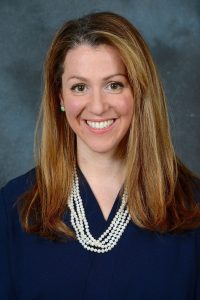Surviving COVID-19: Residential schools find ways to weather the pandemic

When life came to a virtual halt in March 2020, thanks to COVID-19, residential schools faced daunting challenges that required quick action, creative thinking, and fortitude.
According to Elizabeth D.R. Becker, Esq., executive director, Massachusetts Association of Approved Special Education Schools (MAAPS), the virus was the “hardest thing we have faced.” She pointed out that the population residential schools serve necessitates close proximity and, very often, one-on-one contact; keeping staff and students safe brought about several changes.
Early in the pandemic, residential schools provided staff with personal protective equipment (PPE) and training in how to don and remove the masks, gowns, and other gear. At the same time, these scho...
Want to keep reading this article from New England Psychologist?
Login below or subscribe today to support independent journalism!
